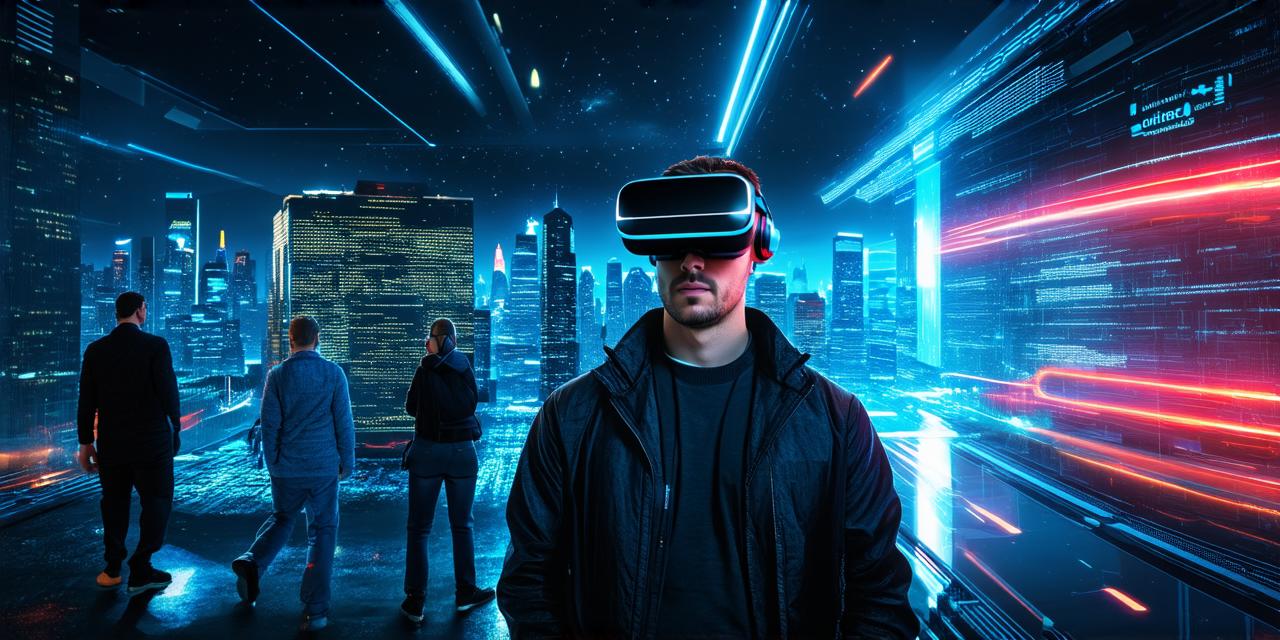Virtual reality (VR), augmented reality (AR), and mixed reality (MR) are three different types of immersive technologies that are often used interchangeably. In this article, we will explore the key differences between these technologies and how they work.
Virtual Reality (VR)
Virtual reality is a technology that creates a simulated environment that can be experienced through the use of specialized headsets or displays. The VR system blocks out the real world and replaces it with a virtual one, allowing users to interact with objects and environments in a way that is not possible in real life. One of the key features of VR is its ability to create a fully immersive experience. Users wear headsets or use screens that are large enough to completely block out their view of the real world. In addition, VR often involves the use of motion tracking devices to track user movements and provide realistic feedback.
Augmented Reality (AR)
Augmented reality is a technology that enhances the user’s view of the real world by overlaying digital information onto the real-world environment. AR uses sensors and cameras on mobile devices or specialized headsets to track the user’s position in the real world. It then overlays digital objects, such as 3D models or animations, onto the camera feed. Unlike VR, AR does not completely block out the real world. Instead, it enhances the user’s view of their surroundings by providing additional information about the objects they see. This can be useful in a variety of applications, including education, marketing, and entertainment.
Mixed Reality (MR)
Mixed reality is a technology that combines elements of both virtual and augmented reality to create a hybrid experience that blends digital information with the real world. MR is similar to AR in that it overlays digital objects onto the camera feed, but it also allows users to interact with these objects in a way that is not possible in AR. MR often involves the use of motion tracking devices to track user movements and provide realistic feedback. It can be used in a variety of applications, including gaming, training simulations, and design and engineering.
Summary
In conclusion, VR, AR, and MR are three different types of immersive technologies that each offer unique experiences for users. While VR fully immerses the user in a virtual world, AR enhances their view of the real world by overlaying digital information. MR combines elements of both to create a hybrid experience that blends digital information with the real world.
